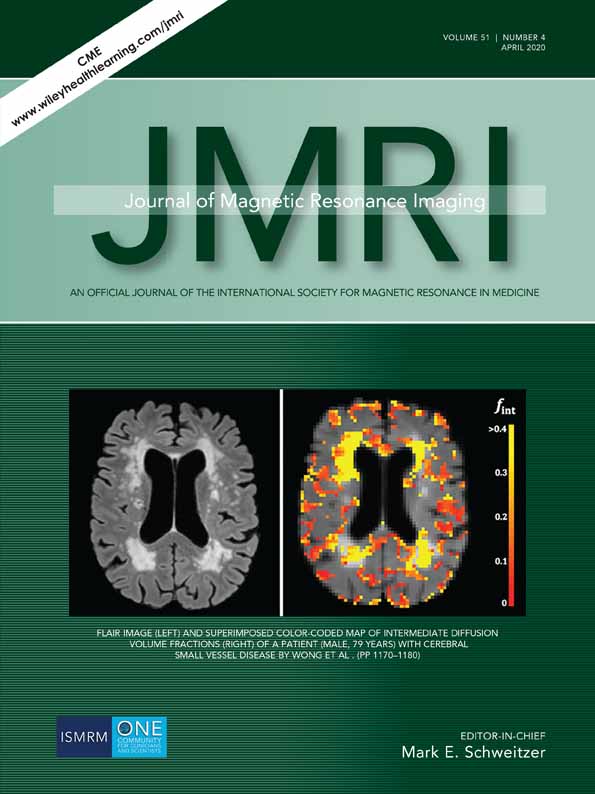Myocardial velocity, intra-, and interventricular dyssynchrony evaluated by tissue phase mapping in pediatric heart transplant recipients
Abstract
Background
Endomyocardial biopsy (EMB) is the standard method for detecting allograft rejection in pediatric heart transplants (Htx). As EMB is invasive and carries a risk of complications, there is a need for a noninvasive alternative for allograft monitoring.
Purpose
To quantify left and right ventricular (LV & RV) peak velocities, velocity twist, and intra-/interventricular dyssynchrony using tissue phase mapping (TPM) in pediatric Htx compared with controls, and to explore the relationship between global cardiac function parameters and the number of rejection episodes to these velocities and intra-/interventricular dyssynchrony.
Study Type
Prospective.
Subjects
Twenty Htx patients (age: 16.0 ± 3.1 years, 11 males) and 18 age- and sex-matched controls (age: 15.5 ± 4.3 years, nine males).
Field Strength/Sequence
5T; 2D balanced cine steady-state free-precession (bSSFP), TPM (2D cine phase contrast with three-directional velocity encoding).
Assessment
LV and RV circumferential, radial, and long-axis velocity–time curves, global and segmental peak velocities were measured using TPM. Short-axis bSSFP images were used to measure global LV and RV function parameters.
Statistical Tests
A normality test (Lilliefors test) was performed on all data. For comparisons, a t-test was used for normally distributed data or a Wilcoxon rank-sum test otherwise. Correlations were determined by a Pearson correlation.
Results
Htx patients had significantly reduced LV (P < 0.05–0.001) and RV (P < 0.05–0.001) systolic and diastolic global and segmental long-axis velocities, reduced RV diastolic peak twist (P < 0.01), and presented with higher interventricular dyssynchrony for long-axis and circumferential motions (P < 0.05–0.001). LV diastolic long-axis dyssynchrony (r = 0.48, P = 0.03) and RV diastolic peak twist (r = –0.64, P = 0.004) significantly correlated with the total number of rejection episodes.
Data Conclusion
TPM detected differences in biventricular myocardial velocities in pediatric Htx patients compared with controls and indicated a relationship between Htx myocardial velocities and rejection history.
Level of Evidence: 2
Technical Efficacy Stage: 3
J. Magn. Reson. Imaging 2020;51:1212–1222.




